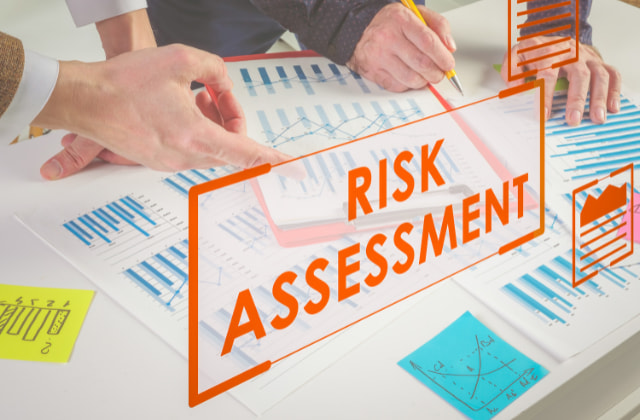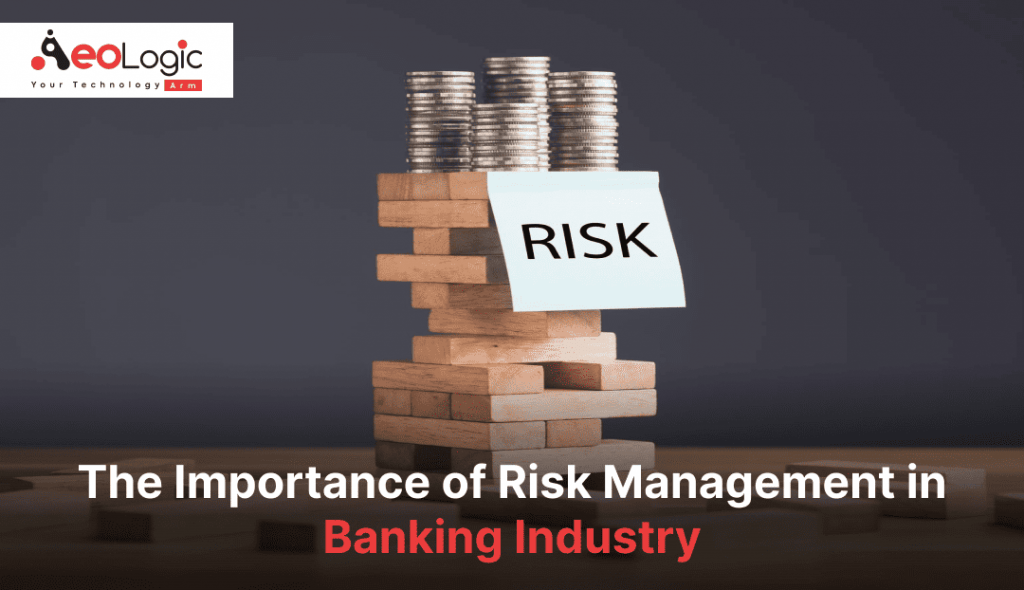The Importance and Importance of Risk Management in Ensuring Business Continuity
The Importance and Importance of Risk Management in Ensuring Business Continuity
Blog Article
The Critical Value of Risk Management in Getting Business Goals
In the swiftly developing company landscape, the capability to navigate uncertainty has come to be a critical. This is where Risk Management steps in, supplying a structured technique to identifying, evaluating, and mitigating potential roadblocks to advance. It's even more than simply a protective measure - it's a critical device, fostering strength and innovation. As we explore the essential duty of Risk Management in accomplishing business goals, one can't help but ask yourself: exactly how does this equate into real-world success?
Comprehending the Principle of Risk Management in Company

The Integral Duty of Risk Management in Strategic Planning
Incorporating Risk Management into critical preparation functions as a safeguard for organizations, securing their long-lasting strategies with a strong structure of preparedness and strength. It operates as the organization's radar, detecting potential dangers and vulnerabilities that could interrupt the course in the direction of accomplishing their specified goals. Risk Management offers a structure for expecting unpredictabilities and creating ideal responses, making sure the organization's survival and prosperity even despite adversity. By including Risk Management right into strategic planning, companies can transform these unpredictabilities right into chances for development and development. This calculated interweaving of Risk Management cultivates versatility, making organizations much more robust and enabling them to browse the ever-changing business landscape with confidence. Subsequently, Risk Management becomes an essential device in strategic preparation, crucial in protecting lasting success.

Methods for Identifying, Assessing, and Prioritizing Threats
Browsing the facility landscape of dangers needs the application of certain methods for their prioritization, assessment, and identification. The procedure begins with Risk recognition, employing tools such as SWOT evaluation, which aids in pinpointing prospective dangers and chances. Next off, Risk analysis is carried out to ascertain the prospective effect and chance of each Risk. Tools such as Risk matrices and impact-probability charts are used for this. Risks are focused on based on their potential influence and likelihood, allowing organizations to focus their resources on critical risks. This methodical hop over to here strategy ensures an extensive understanding of the Risk landscape, enabling companies to make educated choices and effectively manage threats to accomplish their goals - importance of risk management.
Securing Organizational Procedures With Efficient Risk Management
In the organization landscape fraught with unpredictabilities, reliable Risk Management plays a critical role in securing organizational procedures. By recognizing and examining prospective dangers, Risk Management enables companies to develop robust contingency plans. Organizations have to invest in detailed Risk Management strategies to safeguard their procedures.

Converting Prospective Threats to Opportunities: The Power of Risk Management
A proactive method to risk Management entails identifying, evaluating, and focusing on dangers to create strategies that transform them into possible advantages. Hence, by leveraging the power of Risk Management, organizations can not just secure their procedures yet additionally stimulate growth and attain their objectives in an unforeseeable service setting.
Situation Researches: Success Stories of Risk Management Driving Organization Objectives
Successful application of Risk Management methods has yielded impressive outcomes in numerous businesses, underscoring the values of this strategy. Multinational firms like Continue Microsoft and Google, for circumstances, have actually leveraged Risk Management to minimize hazards and make use of opportunities, driving their organization objectives forward. These examples show how successful Risk Management can not only guide businesses clear of potential pitfalls but likewise lead them towards their calculated objectives.
Conclusion
In final thought, Risk Management is fundamentally crucial in attaining business objectives. By including Risk Management right into critical preparation, companies can better navigate unpredictabilities, secure operations, and capitalise on opportunities, thus straightening with long-term goals.
At its core, Risk Management is the process of identifying, analyzing, and addressing prospective hazards that could negatively affect look at this web-site a company's operations or goals. Next off, Risk evaluation is carried out to determine the prospective effect and likelihood of each Risk. Dangers are prioritized based on their prospective influence and possibility, allowing organizations to focus their resources on critical dangers. By recognizing and examining prospective risks, Risk Management allows organizations to develop robust contingency strategies. A positive technique to run the risk of Management includes identifying, analyzing, and focusing on risks to develop strategies that turn them into prospective benefits.
Report this page